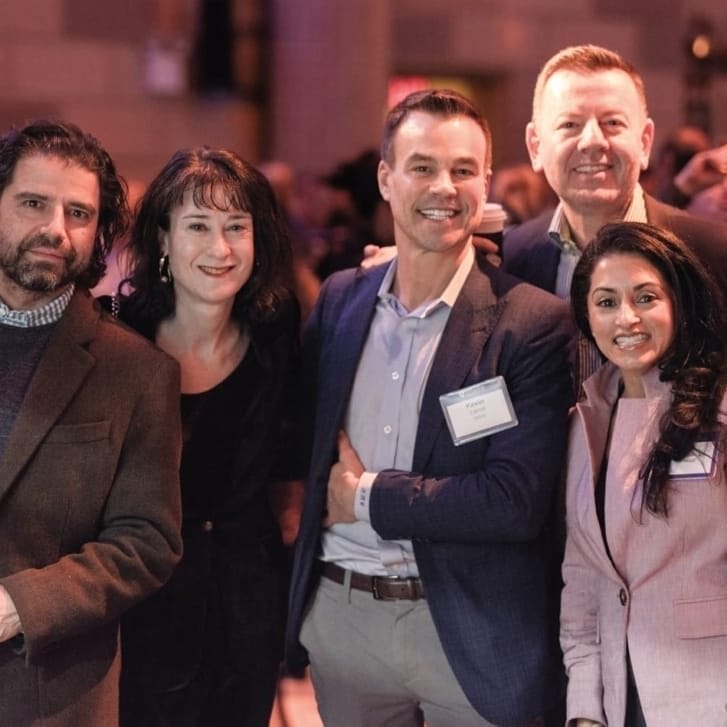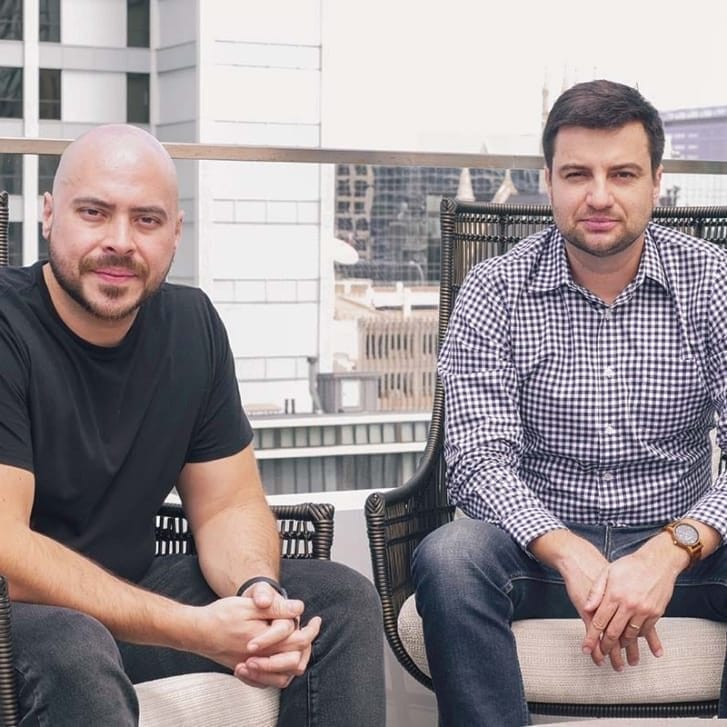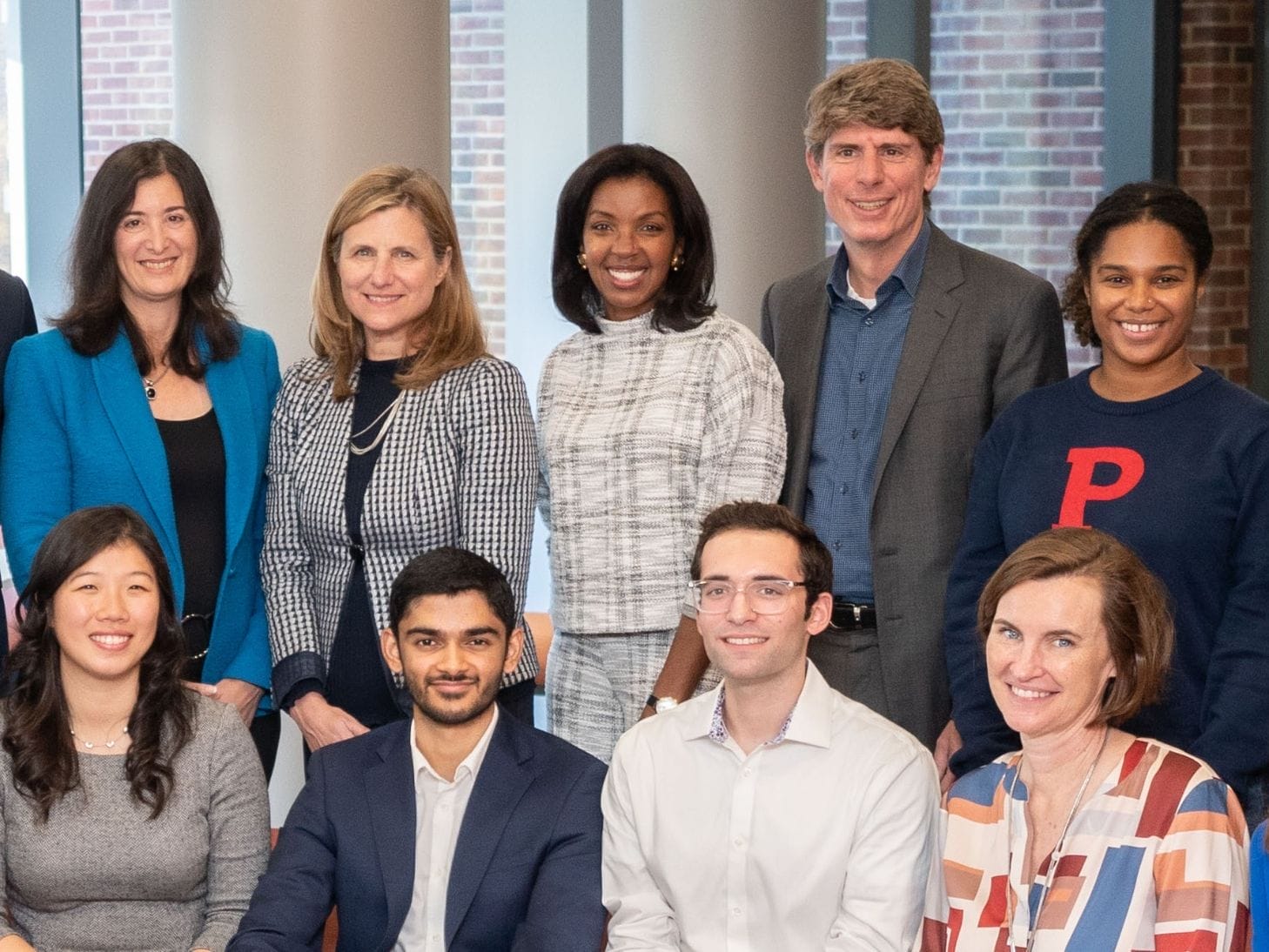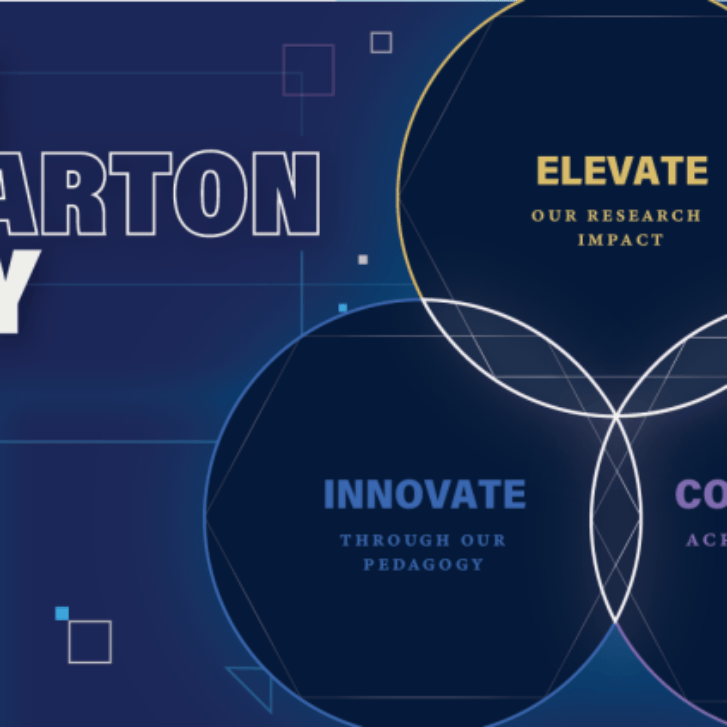As we approach the season of Thanksgiving, I’m thankful to look back on a year of meaningful connections. 2022 felt like a return to normal in many ways. As the year progressed, we were able to increasingly gather together safely, travel, and most importantly, nurture our relationships with others. I’m grateful to have had the opportunity to meet members of the Wharton community in cities across the globe — and feel the bustling energy on our campus like I never have before.
While Thanksgiving has become the de facto time of year to express our gratitude, one day a year isn’t nearly enough. I am a strong believer in expressing thankfulness year-round, especially with those who have positively impacted our lives.
For me, living by an “attitude of gratitude” means finding small ways every day to show others that I appreciate them.
Adopting a mindset of thankfulness plays a key role in promoting a healthy workplace culture and can positively impact employee happiness and retention. The late Wharton Professor Dr. Sigal Barsade pioneered research in the field of emotions at work and found that emotions — both positive and negative — are in fact contagious and can spread from one person to another. Her research also found that teams perform better when they exhibit companionate love — a unique combination of affection, compassion, caring, and tenderness.
Practicing gratitude in the workplace creates a virtuous circle where employees feel seen and appreciated for the work they’ve done and motivated to achieve even greater results. Following are three simple ways that leaders can help build a culture of gratitude within their organizations:
1. Celebrate small accomplishments — and big ones, too. Don’t wait for an annual review or a huge win to express thanks and acknowledge a job well done.
2. Be an empathetic listener. Show your appreciation for others by being compassionate, welcoming, and open to new ideas — including those that oppose your point of view.
3. Surprise and delight. Find small, unexpected ways to recognize colleagues and their efforts — treat someone to a cup of coffee or lunch, or ask how you can lighten someone’s load.
But to be clear, expressing gratitude isn’t just for leaders. Everyone can make gratitude a practiced habit in the workplace.
I’ll conclude by sharing my “gratitude goal” for 2023: Use an entire box of 100 personalized thank-you cards. I encourage you to be active with your gratitude and set your own goal for the year ahead. Let this be the year we choose to lift each other up and be willing to not just give our thanks, but to live thanks.
Erika James is Dean, Reliance Professor of Management and Private Enterprise, and Professor of Management at the Wharton School of the University of Pennsylvania. This post was originally published on LinkedIn, where she was named an “influencer” for her insights in the business world. View the original post here. Follow Erika on Twitter.


























